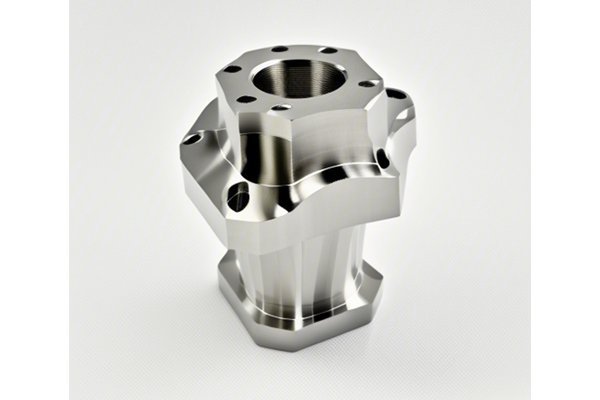Did you know that implementing Computer Numerical Control (CNC) machining can lead to a reduction in production costs by an impressive 30%? This remarkable statistic highlights the game’s potential impact CNC machining possesses in both the manufacturing industry and your business. As companies navigate a competitive landscape, the need to maximize efficiency and minimize costs is more vital than ever. The question arises: How can CNC machining manufacturers effectively assist customers in streamlining their operations while maintaining superior quality?
In this extensive blog, we will explore how CNC machining manufacturers can help reduce production costs not only by optimizing processes but also by enhancing quality standards. We’ll delve into the various aspects of CNC machining, from material selection to technological advancements such as automation and data analytics. So, whether you are a seasoned engineer or a business owner seeking to improve your bottom line, this article will provide valuable insights and actionable strategies tailored to your needs.
Understanding CNC Machining: An Overview
Before diving into cost-reduction techniques, let’s quickly cover what CNC machining entails. CNC machining is a manufacturing process that uses computers to control machine tools. It is capable of producing highly complex and precise parts, which are essential in various industries, from aerospace and automotive to medical devices.
CNC machining processes typically include milling, turning, drilling, and electrical discharge machining (EDM), among others. The precision and repeatability of CNC machining make it an attractive option for mass production, where minimizing human error is crucial for maintaining quality.
Assessing Production Costs in CNC Machining
Understanding the elements that contribute to production costs in CNC machining is vital for any manufacturer looking to reduce expenses. Here are the key factors that encapsulate the overall costs:
How CNC Machining Manufacturers Can Help Reduce Costs
Choosing the right materials can lead to significant cost savings. CNC machining manufacturers can guide customers in selecting materials that strike a balance between cost and functionality. For example:
To optimize material usage, manufacturers can also employ strategies such as nesting—maximizing the layout of parts to minimize waste.
Investing in automation and advanced technologies can yield significant operational improvements. CNC machining manufacturers can help customers adopt:

CNC machining manufacturers can introduce lean manufacturing principles, which focus on eliminating waste while maximizing productivity. Essential components of lean include:
Ensuring quality control can seem costly upfront, but it saves money in the long run. CNC machining manufacturers can help customers establish robust quality control measures, such as:
The workforce is a key element in maximizing efficiency and minimizing costs. Manufacturers can enhance employee training programs to ensure proper machine operation and maintenance, cutting down on errors and machine downtime.
Skilled operators not only increase production efficiency but also contribute to maintaining quality standards, directly impacting overall costs.
CNC machining manufacturers play a vital role in integrating with suppliers and helping customers choose the right vendors. Jointly optimizing the supply chain can lead to cost reductions in various ways:
As we have explored in this extensive blog, CNC machining manufacturers have several strategies at their disposal to help customers reduce production costs while maintaining high-quality standards. From optimal material selection to leveraging automation and embracing lean manufacturing principles, these strategies create a foundation for sustainable cost management.
By emphasizing robust quality control processes and investing in employee training, manufacturers can not only lower expenses but also enhance their competitive edge. Furthermore, fostering effective collaborations with suppliers redefines supply chain efficiency, ultimately contributing to cost reduction.
In today’s fast-paced manufacturing environment, understanding and implementing these strategies are not just beneficial—they are essential for survival. Companies that harness the full potential of CNC machining will not only curb their production costs but also enhance their overall product quality, attracting more customers and securing their place in the market.
So, take these insights and consider how they might apply to your operational strategies. The evolving landscape of CNC machining is ripe with opportunity—are you ready to seize it?






